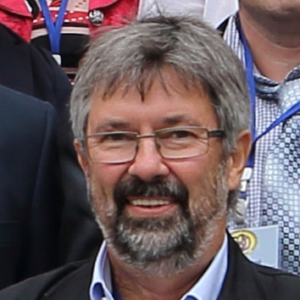Volume 2023 Issue 1
Special Issue: Non-Destructive Geophysical and Remote Sensing Techniques in Archaeology and Cultural Heritage Assessment
Guest Editor: Prof. Dr. Jörg W.E. Fassbinder

General information related to the topic:
The integrated use of high-resolution geophysical and remote sensing techniques allows in-depth and multifaceted approaches in the study of archaeological sites and cultural heritage. Archaeological prospecting has faced large advances both in terms of instruments refining and data acquisition and processing in recent years. Satellites, LiDAR and aerial drones now offer new perspectives with an extremely good spatial resolution helping in accurate detection of archaeological traces or past landscape modifications. Various geophysical techniques (such as magnetometer and resistivity prospecting, ground-penetrating radar, ERT electrical resistivity tomography among others) have demonstrated the efficiency to diagnose the state of conservation especially for prehistoric sites. Recently, due to the high acquisition speed, there have been more and more successful attempts of drones use for low-altitude magnetometer data acquisition. The ability of these techniques to provide, in many cases, an accurate planimetry of the sites offers good arguments for feasible cultural resource management plans. This Special Issue aims to review the state of the art regarding the aforementioned themes fostering articles that focus on the applications of different remote sensing and geophysical techniques in archaeological contexts. Papers introducing novel instrumentation and innovative data processing approaches orientated on the detection and characterization of archaeological features are also highly encouraged.
Keywords:
- archaeological prospection;
- near-surface geophysics;
- remote sensing;
- aerial archaeology;
- cultural heritage management.
Submission deadline: 31 December 2023
Authors can send their manuscript text file (including figures/images) as email attachments to jmr@uaic.ro by the indicated date.
Please note
- Before submitting your article please have a look at our Author Instructions, Ethical guidelines and our Copyright Agreement
- Manuscripts must be written in clear and concise English (please also use the template here)
- Please note that once your article is accepted, you can publish without paying an article processing charge (APC).
